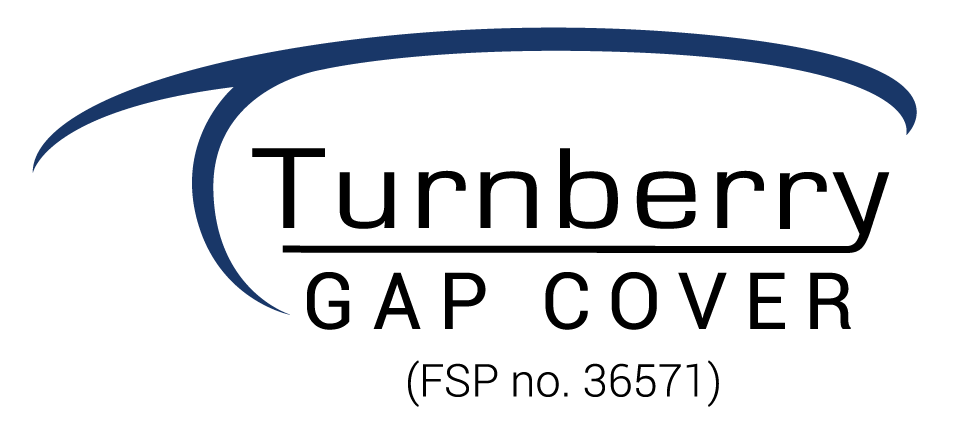 Gap Cover is increasingly being recognised as a vital means of bridging the gap between what specialists charge for in-hospital procedures, and what Medical Aids are able to pay. But it’s worth noting that for women in particular, Gap Cover plays a key role in helping one manage their medical and financial affairs.
Gap Cover is increasingly being recognised as a vital means of bridging the gap between what specialists charge for in-hospital procedures, and what Medical Aids are able to pay. But it’s worth noting that for women in particular, Gap Cover plays a key role in helping one manage their medical and financial affairs.
“In many specialist fields devoted specifically to women – the likes of gynecology, obstetrics, and female-focused cancer care – we’re seeing escalating costs,” notes Turnberry’s Wendy Bussey.
In areas like gynecology and obstetrics, these surging costs result from medical inflation in areas like medical malpractice insurance.
In a recent column, South African Minister of Health, Aaron Motsoaledi, notes that: “About eight years ago, obstetricians and gynecologists paid R78,000 a year for insurance.in 2017, the Medical Protection Society’s insurance costs R800,000 — an increase of 925%.”
Bussey notes that as some gynecologists withdraw from the obstetrics field due to the high insurance costs, we’re left with ever fewer practising obstetricians, which only adds to the inflationary effect.
Turning our attention to cancer care for a moment, she notes that Turnberry has sadly seen a sharp rise in womens’ claims over recent years. And Turnberry isn’t the only medical insurer to note this trend: a report issued by Discovery Health showed an astonishing 45% rise in cancer claims between 2011 and 2017, and noted breast cancer as one of the most common types of cancer claims.
“All of this has resulted in a situation where women are left very vulnerable to medical expense shortfalls,” she explains.
Often, these common claims from women extend further than just the initial diagnosis and treatment. Breast cancer, for instance, isn’t just about the removal of the cancerous tissue, but it also includes the reconstruction afterwards.
Bussey explains that your Medical Aid and Gap Cover combination needs to cover the entire spectrum of medical procedures and services that you may need: “In Turnberry’s case, we don’t just fund the medical expense shortfalls for breast cancer surgeries, but we’ve also assisted members when their oncology benefits have been exhausted for traditional and biological cancer drugs.”
In childbirth, there may be circumstances where the newborn baby needs neonatal ICU or in-hospital observation over their first few days of life – or perhaps something even more serious like a heart condition requiring immediate surgery.
Bussey points to a Gap Cover claim from earlier in 2018 – for almost R92 000 – for a baby born with a rare medical condition. “For a family that is welcoming a new baby, and all the additional costs that brings, an out-of-pocket expense of close to R100 000 is very difficult for most households to endure.”
Fortunately, for that family, Turnberry covered the medical expense shortfall.
When asked about some of the other common claims from women, she notes an increase in the number of women needing treatments for ovarian cysts, endometriosis, fibroids, dilation and curettage – as well as procedures like hysterectomies, laparoscopies, hysteroscopies.
“The health of our women is fundamental to the happiness and prosperity of our families, and ultimately of our broader society,” adds Bussey, “it’s absolutely critical for women to look after their health, supported by a quality Medical Aid and Gap Cover that’s geared to their unique needs.”
